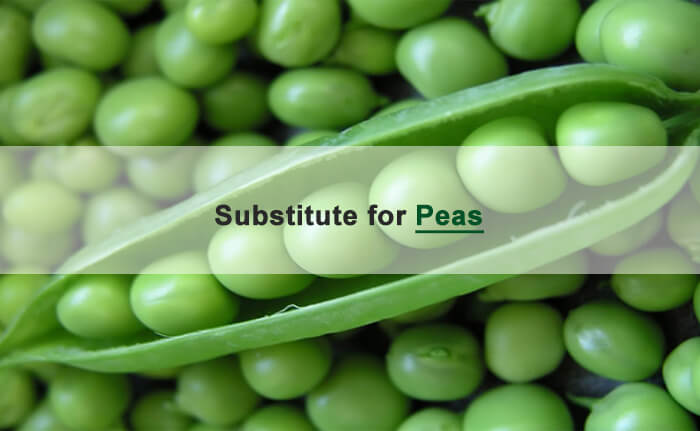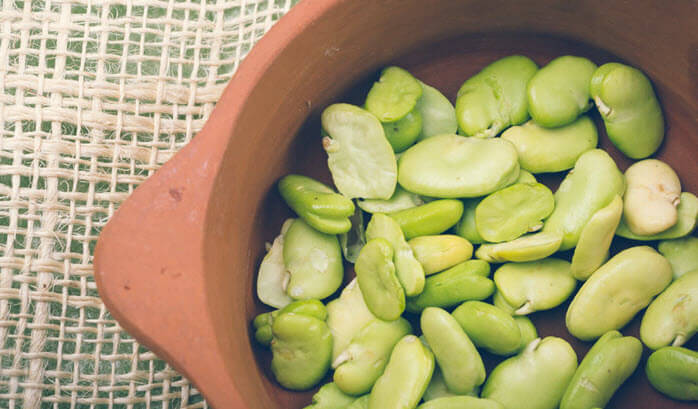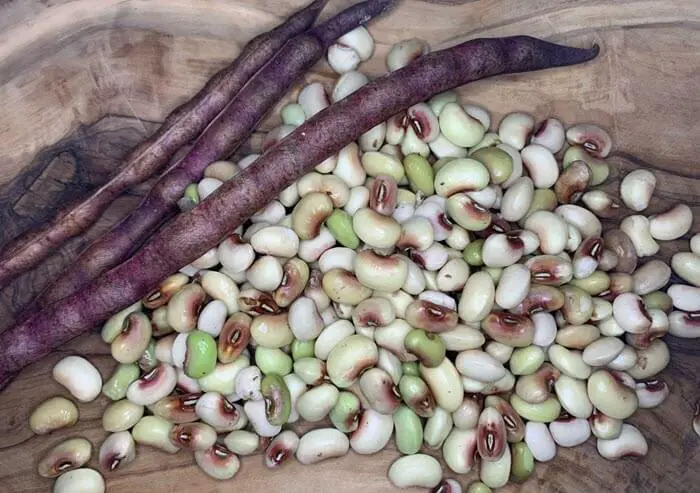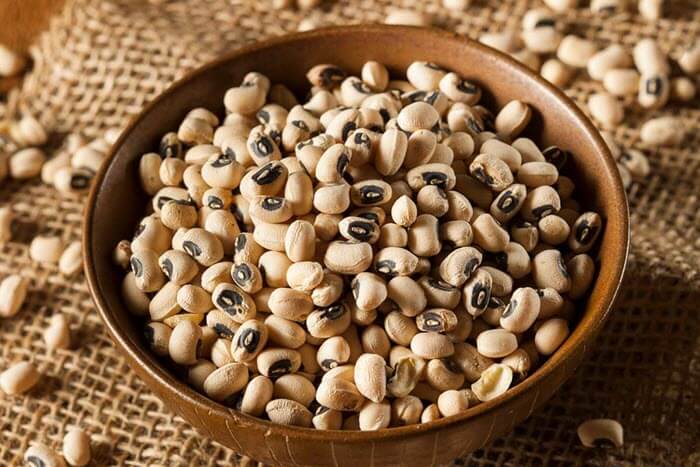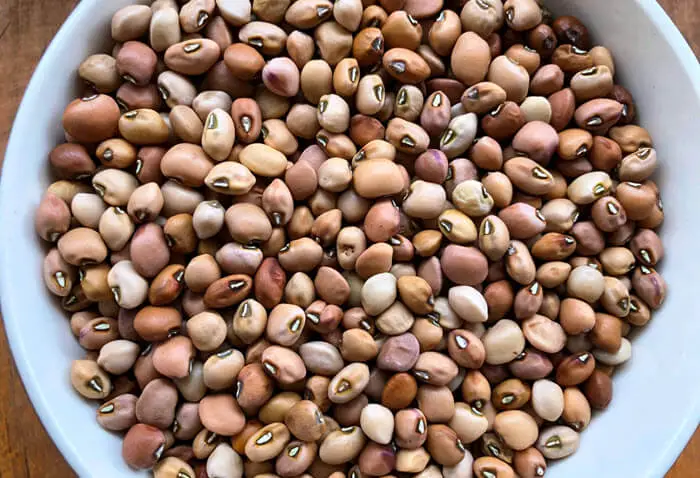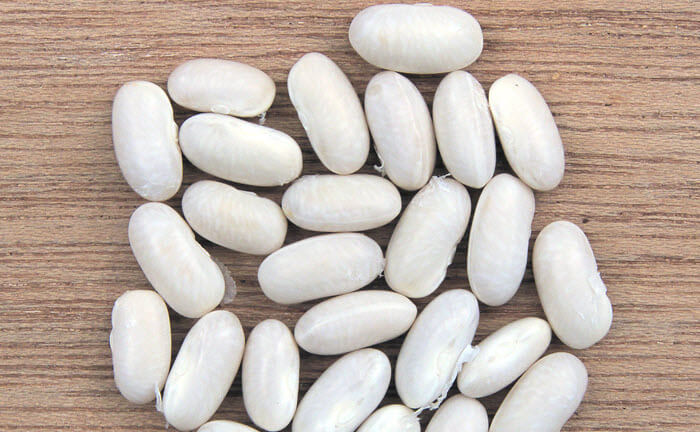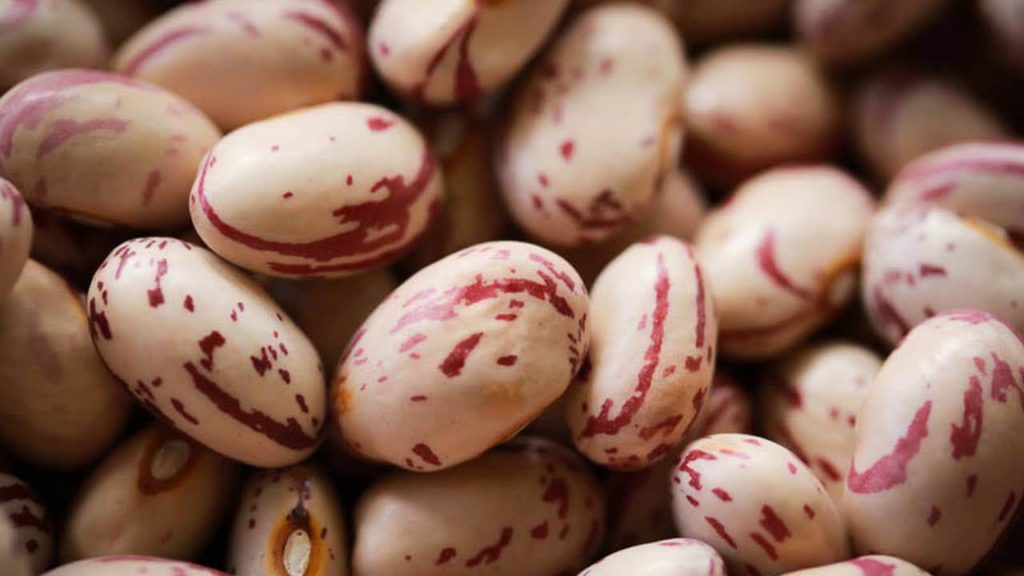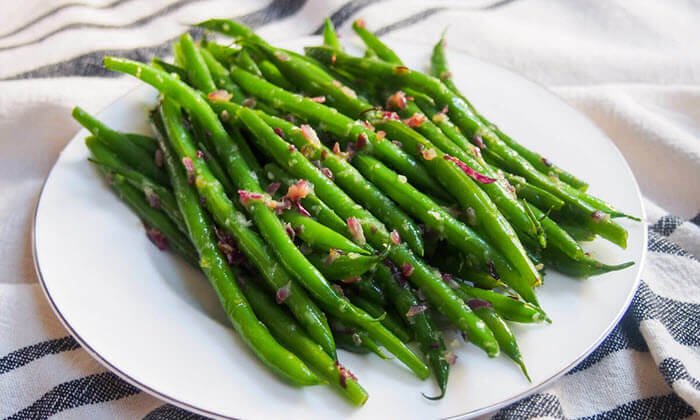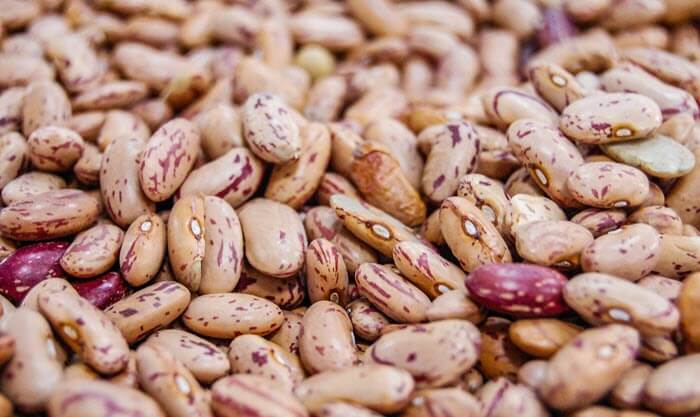I enjoy eating deliciously cooked peas. I believe you do too. But have you ever imagined what would happen if you went cooking peas and then realized you ran out of them?
Coincidentally, you are too tired to get to the supermarket to buy fresh stock; what would you use as a substitute for peas?
Continue reading this article to learn more about the possible replacements for peas that you can use and won’t miss.
Table Of Contents
Best Substitutes for Peas You Must Know
1. Lima Beans
Lima beans, commonly known as wax or butter beans, are a great replacement for peas in your recipes. They have a potato-like taste and a buttery feel in their natural state.
Health Benefits
Lima beans are nutrient-rich. They are dense in iron, protein, and fibers, among others. Consequently, they have been nicknamed superfoods.
Cooking Tips
- When cooking them, avoid soaking them in water for a long time since they can ferment becoming sour.
- If you get your lima beans from the farm, avoid consuming the plants which are considered poisonous due to cyanide.
2. Lentil Beans
Lentil beans form another exceptional alternative to peas.
You might need to increase the cooking time since lentil beans are considerably tougher and take longer to soften and cook.
Further, you should remember to add more water to the cooking dish because lentil beans tend to absorb more water than peas.
Cooking Tips
When cooking, ensure to keep an eye on them so that you may know when to add more water. If cooked well, lentil beans become soft. You can mash them almost effortlessly.
Do not expect lentil beans to cook at the same time as peas. Ensure you cook them until they are soft enough to mash, then proceed with your recipe.
3. Purple Hull Peas
Purple Hull peas are close relatives of black-eyed peas, particularly texture and appearance. They are white in color with a purplish “dark” eye in the center.
The only significant difference between them and the black-eyed peas is that the eye in the purple hull pea appears to be more purple than black.
Cooking Tips
Purple hull peas are tender and creamy. They take considerably the same time to cook as green peas. Most people wouldn’t mind if you swapped purple hull peas in place of green peas in your recipe.
4. Black-Eyed Peas
Some regions call this legume cowpea. Grown to provide edible beans, the black-eyed pea is a legume used to substitute green peas in recipes.
Black-eyed peas can grow to about 6.6 feet in height, depending on the species. The herbaceous plant is produced annually in most regions. It can also provide vegetables like peas for your recipe.
Black-eyed pea fruit is a pod containing about five legumes. The flowers can be either pink, white, or a combination of these two colors.
Health Benefits
They are rich in protein, dietary fiber, and iron. The black-eyed peas are also essential sources of minerals and vitamins like magnesium, folate, and calcium.
Cooking Tips
People from various parts of the globe enjoy eating the black-eyed peas in recipes such as stews, soups, or when boiled and served together with rice or noodles.
In some other parts, black-eyed peas are ground into fine flour and used to prepare different dishes such as bread, cakes, and porridge.
5. Crowder Peas
Another great substitution is the crowder peas. They are from the cowpea family and are also related to the black-eyed peas.
Crowder peas are pale green legumes characterized by a unique little white eye in the center. However, their center eye is not as visible as that of the black-eyed peas or purple hull peas.
Some supermarkets sell canned crowder peas hence increasing their availability. Canned crowder peas may not need to be cooked unless you need to add some spices.
Not only can you readily find crowder peas in supermarkets, but they are also a highly sustainable substitute. Farmers like planting crowder peas, especially when practicing crop rotation because they provide a large amount of nutrients back to the soil. They help in upholding sustainable agricultural practices.
Cooking Tips
Their flavor resembles other cowpeas and is primarily cooked in southern dishes. These cowpeas species are easier to find compared to other varieties of southern cowpeas.
Navy beans comprise a variety of beans, commonly white-colored. Some regions refer to them as Boston or haricot beans. These beans are small-sized, oval-shaped, and with a smooth texture.
Health Benefits
- They are exceptional sources of fiber, iron, and protein.
- They provide other nutrition elements such as magnesium, copper, folate, and phosphorus.
- When in their natural form, navy beans are cholesterol-free and have low-fat components.
Cooking Tips
You can cook navy beans in various ways and recipes. You can choose to bake, fry, stew, or boil navy beans and still enjoy their delicious taste.
People add navy beans in recipes such as salads and soups in most regions. Whatever the form you cook these beans, they are an excellent substitute, mainly due to their similarity in flavor and texture.
If you are looking for a fantastic flavorful, nutritious, and healthy substitute for peas, then navy peas can be a good deal. They can fit in various recipes depending on what you wish to achieve in the end.
7. Fava Beans
Another vital substitute for peas is the fava beans. They are commonly grown and consumed in the UK.
For many years, the fava beans have worked as a staple food in Britain, especially for millennia. Interestingly, the fava beans grow well in various climates, including the local climate.
You can find fava beans in almost all British supermarkets, but their popularity has been deemed with time.
Cooking Tips
Fava beans work best in recipes that include peppers and ham hocks. You will enjoy this substitute of peas when served with bread and greens.
8. Cranberry Peas
Ever tasted cranberry peas before? Avoid confusing them with cranberries; they are two different things. These peas are sweet and delicious.
Cranberry peas have a creamy feel and a nutty taste, similar to chestnuts. They are a common ingredient in Portuguese and Italian foods.
Health Benefits
- Cranberry peas provide high levels of folate and fiber and are essential in regulating blood pressure.
- These legumes are cholesterol-free, great sources of protein, and plant-based.
When dry, cranberry peas can last for over a year if you store them in cool, dry storage.
However, fresh cranberry beans can only be stored in a refrigerator for up to four days without going bad. As a result, these peas species can excellently replace green peas in various recipes.
9. Green Beans
You can put green beans in the category of vegetable peas or legumes. In both, these beans can make your meals more delicious.
They can be cooked in various ways, just like green peas, and are readily available.
Check out this post to learn about the top 11 green beans substitutes.
10. Pinto Beans
If you intend to cook peas with rice, pinto beans would be a great replacement. These beans will add a nutty flavor to your dish, especially when paired with rice.
Additionally, they will allow you to experience some new tastes away from peas.
If you’re interested in the replacements of pinto beans, click here for more details.
FAQs About Peas
What’s a good substitute for peas in tuna casserole?
Green beans, broccoli, and mushrooms can be good substitutes for peas in a tuna casserole.
Is there another name for green peas?
Yes, green peas can also be called garden peas or common peas. You can consider them as vegetables or legumes.
What’s the difference between green peas and sweet peas?
On the one hand, green peas are popular in vegetable gardens and are grown for consumption.
On the other, sweet peas are common in ornamental gardens and are grown for flowering and decorations due to their beautiful scent.
Conclusion
Peas are delicious legumes enjoying an extensive history in the United States and across the globe.
Whether used as vegetables or legumes, peas can be substituted with other legumes and vegetables such as green beans, pinto beans, cranberry peas, and lima beans.
Any substitute you choose from the ones discussed in this article will surely make your meals nutritious and delicious.

